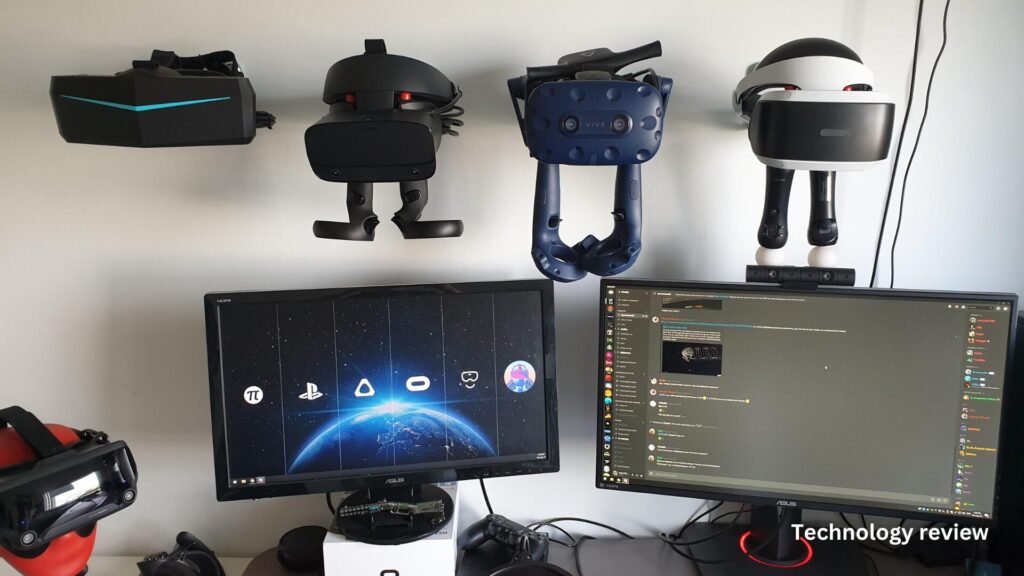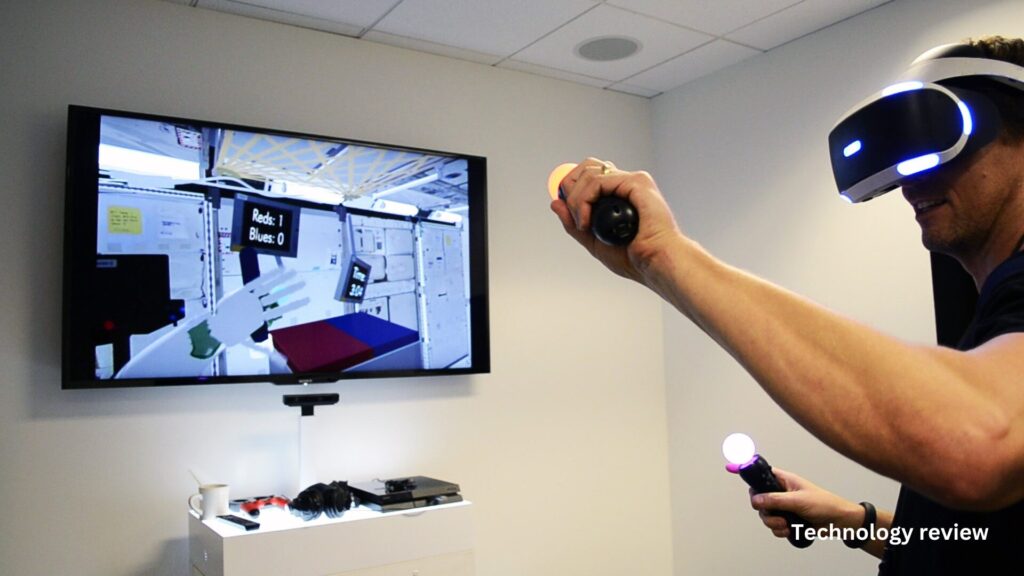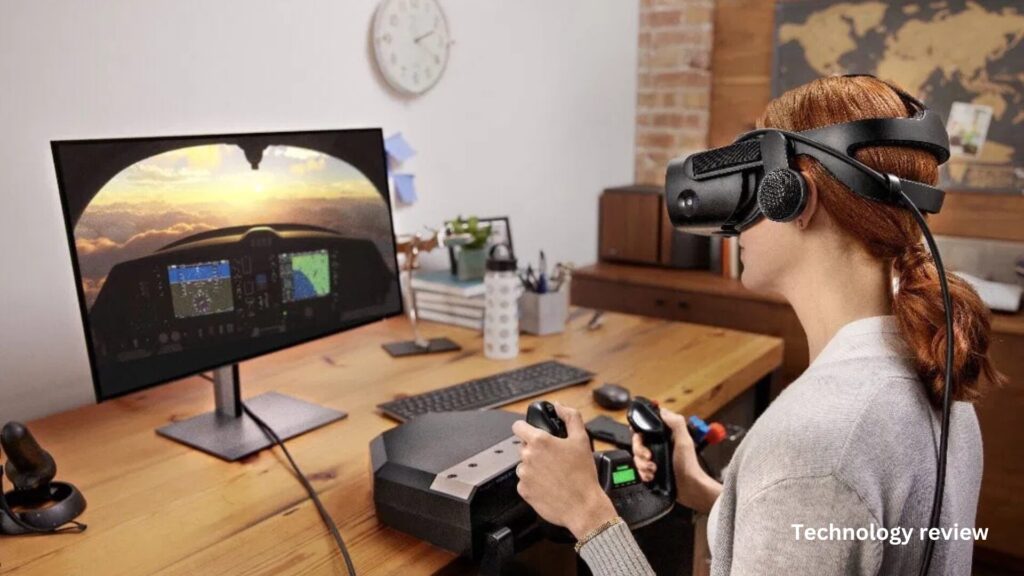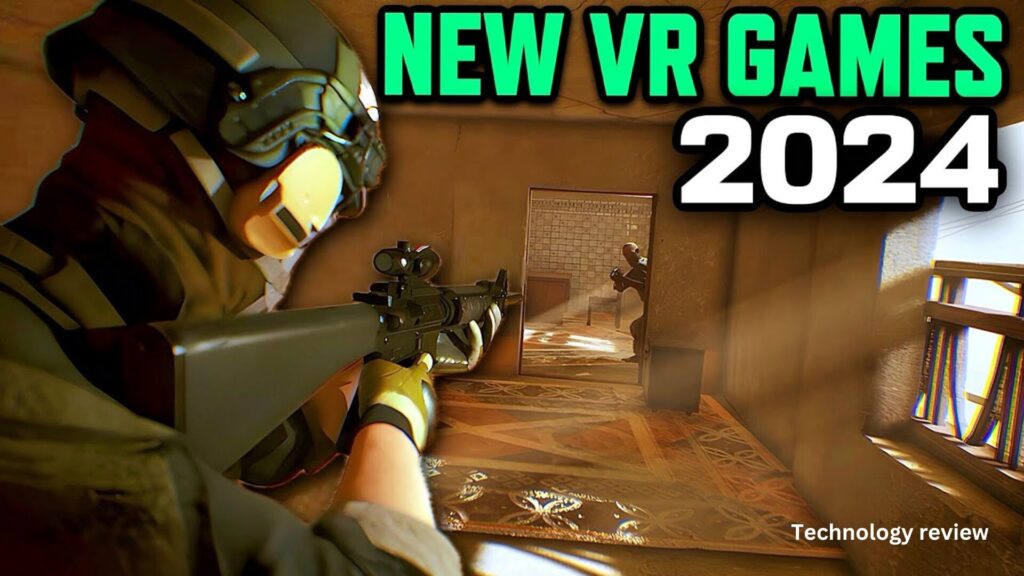How to Set Up Your VR Gaming System Are you ready to dive into the immersive world of virtual reality gaming? Setting up your VR system may seem daunting at first, but with the right approach, you’ll be exploring digital realms in no time. This guide will walk you through the essential steps to configure your VR gaming setup for optimal performance and comfort. From choosing the perfect space to fine-tuning your hardware settings, you’ll learn everything you need to create an ideal VR environment. By following these expert tips, you’ll ensure a seamless and enjoyable experience as you embark on your virtual adventures.
Choose Your VR Headset for Gaming
Selecting the right VR headset is crucial for an optimal gaming experience. This key component of your VR gaming setup guide requires careful consideration of several factors.
Types of VR Headsets
There are two main categories of VR headsets: tethered and standalone. Tethered headsets, like the Valve Index or HTC Vive, connect to a powerful PC for high-end graphics and performance. Standalone headsets, such as the Oculus Quest 2, offer wireless freedom but may have slightly lower graphical capabilities.
Key Features to Consider
When choosing a headset, pay attention to these important aspects:
- Resolution: Higher pixel density provides sharper visuals.
- Refresh rate: A higher rate (90Hz+) reduces motion sickness.
- Field of view: Wider FOV increases immersion.
- Tracking: Inside-out tracking offers easier setup, while external sensors provide more accuracy.
- Controllers: Ergonomic designs with precise tracking enhance gameplay.
Compatibility and Future-Proofing
Ensure your chosen headset is compatible with your desired games and platforms. Consider the headset’s upgrade potential and the manufacturer’s track record for software updates. A well-supported device will serve you better in the long run as part of your VR gaming setup.
Select Your VR-Ready Gaming PC
Choosing the right computer is crucial for an optimal VR gaming setup guide. Your PC must meet specific requirements to handle the demanding nature of virtual reality experiences. How to Set Up Your VR Gaming System.
Minimum Specifications
When selecting a VR-ready gaming PC, consider these essential components:
- Processor: Intel i5-4590 or AMD Ryzen 5 1500X (or better)
- Graphics card: NVIDIA GTX 1060 or AMD Radeon RX 480 (ог better)
- RAM: 8GB (16GB recommended)
- USB ports: At least one USB 3.0 port
- Operating system: Windows 10 or newer
Pre-built vs. Custom-built
You have two main options when acquiring a VR-capable PC:
- Pre-built systems: These offer convenience and often come with warranties. Many manufacturers now offer VR-ready PCs, simplifying the selection process.
- Custom-built PCs: Building your own system allows for greater customization and potentially better value. However, it requires more technical knowledge and time investment.
Future-proofing Your Setup
Virtual reality technology is rapidly evolving. When choosing your gaming PC, consider investing in components that exceed the minimum requirements. This approach will ensure your system remains capable of handling new VR titles and hardware updates in the coming years, maximizing the longevity of your VR gaming setup.

Prepare Your Play Space for Room-Scale VR
Setting up your play space is a crucial step in your VR gaming setup guide. A well-prepared area ensures a safe and immersive experience, allowing you to fully enjoy your virtual adventures.
Clear the Area
Begin by removing all obstacles from your designated play space. This includes furniture, rugs, and any other items that could pose a tripping hazard. Aim for a clear, open area of at least 6.5 feet by 6.5 feet (2 meters by 2 meters) for optimal movement.
Define Boundaries
Use your VR system’s guardian or chaperone feature to establish virtual boundaries. This creates a safe zone within your physical space, alerting you when you’re approaching the edges. Be sure to set these boundaries slightly inside your actual walls to provide an extra buffer. How to Set Up Your VR Gaming System.
Consider Lighting and Reflections
Ensure your play area has consistent, moderate lighting. Avoid direct sunlight or overly bright lights, as these can interfere with your VR headset’s tracking, Additionally, remove or cover reflective surfaces like mirrors or glass tables, which may cause tracking issues.
Set Up Your PC and Sensors
Position your VR-ready PC nearby, ensuring all cables can reach your play area without creating tripping hazards. If your system uses external sensors, mount them at the recommended height and angle for optimal tracking performance.
By following this VR gaming setup guide, you’ll create a safe, functional play space that maximizes your virtual reality experience.
Install and Set Up VR Software
Setting up your VR gaming system isn’t complete without installing the necessary software. This crucial step in your VR gaming setup guide ensures that your hardware functions properly and provides you with access to a world of immersive experiences.
Download the Required Software
Begin by downloading the appropriate software for your VR headset. Most major VR platforms, such as Oculus (Meta), SteamVR, and PlayStation VR, have dedicated applications that serve as the central hub for your VR experiences. These applications not only manage your VR games and content but also handle crucial system updates and calibrations.
Run the Installation Wizard
Once downloaded, run the installation wizard for your VR software. Follow the on-screen prompts carefully, as they will guide you through important steps such as:
- Accepting terms and conditions
- Choosing installation locations
- Setting up user accounts
- Configuring privacy settings
Calibrate Your VR System
- Setting up your play area or “guardian” system
- Adjusting your interpupillary distance (IPD)
- Configuring controller tracking
Taking the time to properly calibrate your system will significantly enhance your VR gaming experience, ensuring accurate tracking and comfortable gameplay.

Optimizing Graphics and Controls for VR Gaming
When setting up your VR gaming system, optimizing graphics and controls is crucial for an immersive experience. This VR gaming setup guide will help you fine-tune your system for peak performance.
Adjusting Graphics Settings
To achieve the best visual quality without sacrificing performance, start by adjusting your VR headset’s resolution and refresh rate. Most modern VR systems allow you to customize these settings through their companion software. Experiment with different combinations to find the sweet spot between crisp visuals and smooth gameplay.
Next, focus on in-game graphics settings. Prioritize elements that impact immersion, such as texture quality and draw distance, while reducing less noticeable effects like ambient occlusion or anti-aliasing.
This balance ensures a visually stunning experience without overtaxing your hardware.
Calibrating Controls for Comfort
Proper control calibration is essential for comfortable and responsive VR gaming. Begin by setting up your play area according to your headset’s guidelines, ensuring ample space for movement. Then, adjust your controller settings, including sensitivity and dead zones, to match your preferences.
For games that support it, customize button mappings to create an intuitive control scheme. This personalization can significantly enhance your gaming experience, making interactions feel more natural and reducing fatigue during extended play sessions. How to Set Up Your VR Gaming System.
By following this VR gaming setup guide, you’ll optimize your system for stunning visuals and precise controls, setting the stage for countless hours of immersive virtual adventures.
Conclusion
As you embark on your VR gaming journey, remember that proper setup is key to an immersive and enjoyable experience. Take the time to carefully arrange your play space, position your sensors or base stations, and adjust your headset for optimal comfort. Familiarize yourself with the controls and safety features of your specific VR system. With your gaming area prepared and equipment configured, you’ll be ready to explore virtual worlds and engage in thrilling gameplay. VR technology continues to evolve rapidly, so stay informed about the latest updates and accessories for your system. By following this guide, you’ve laid the groundwork for countless hours of exciting VR gaming adventures. Get ready to step into a new dimension of interactive entertainment.



